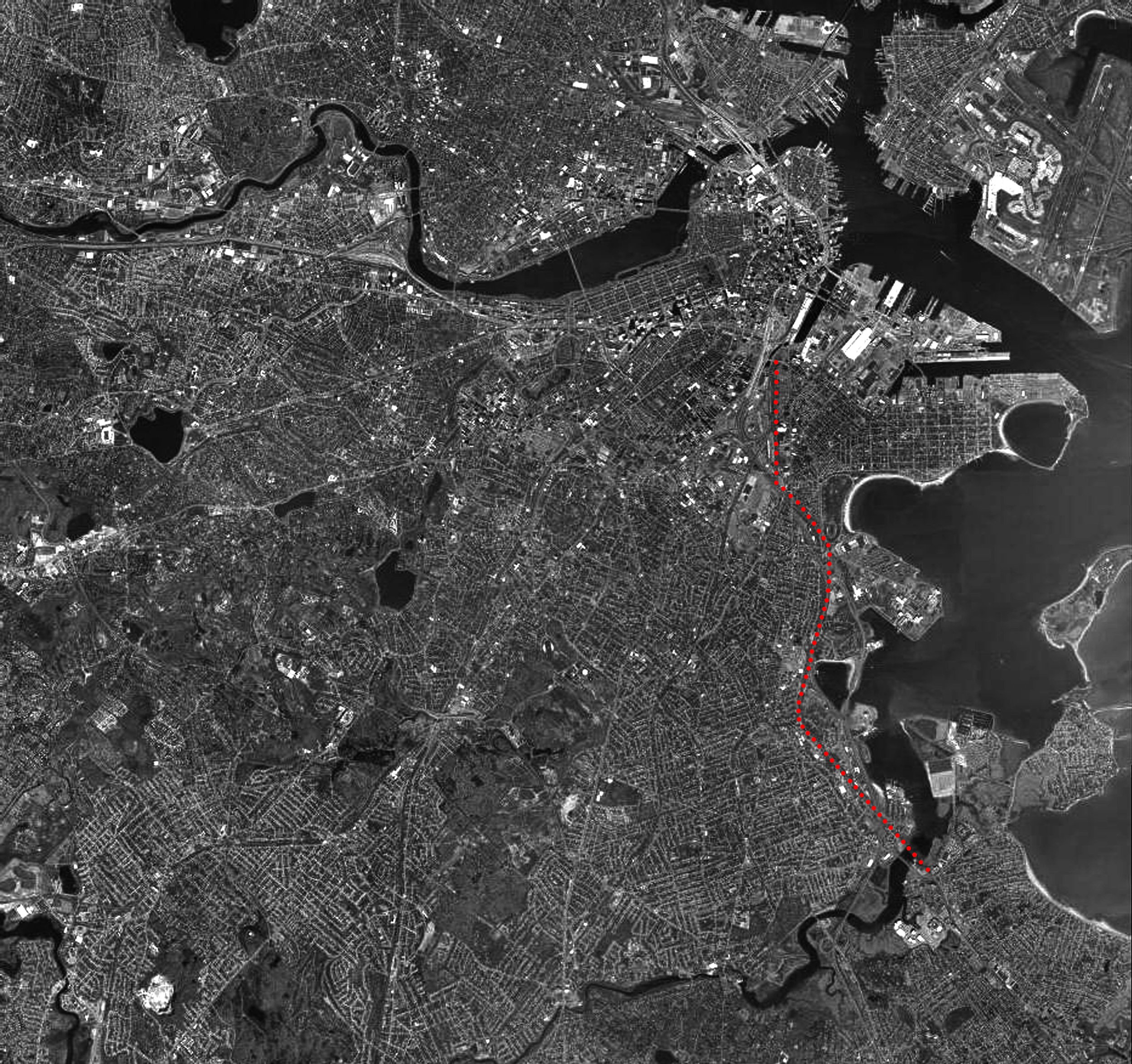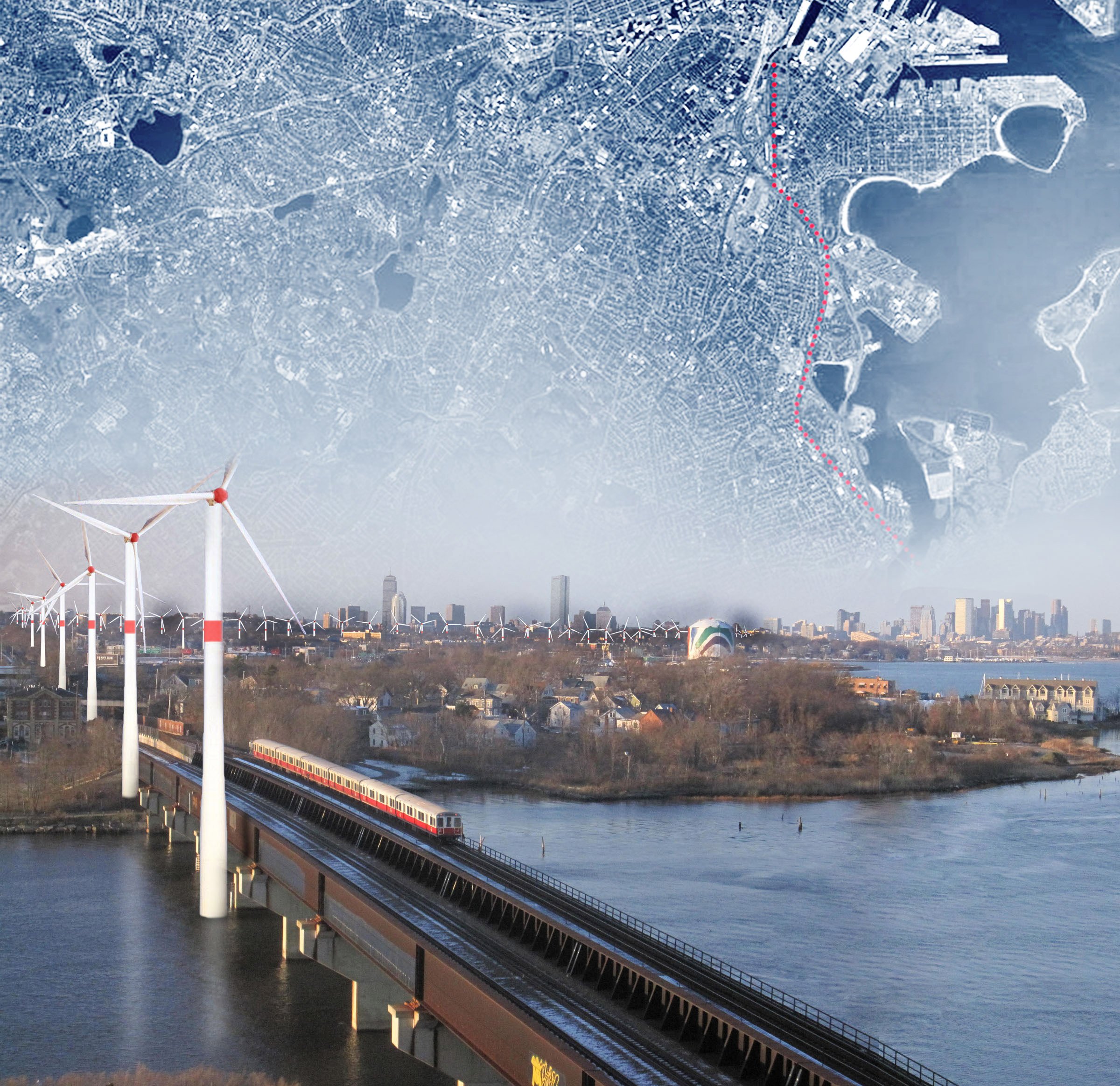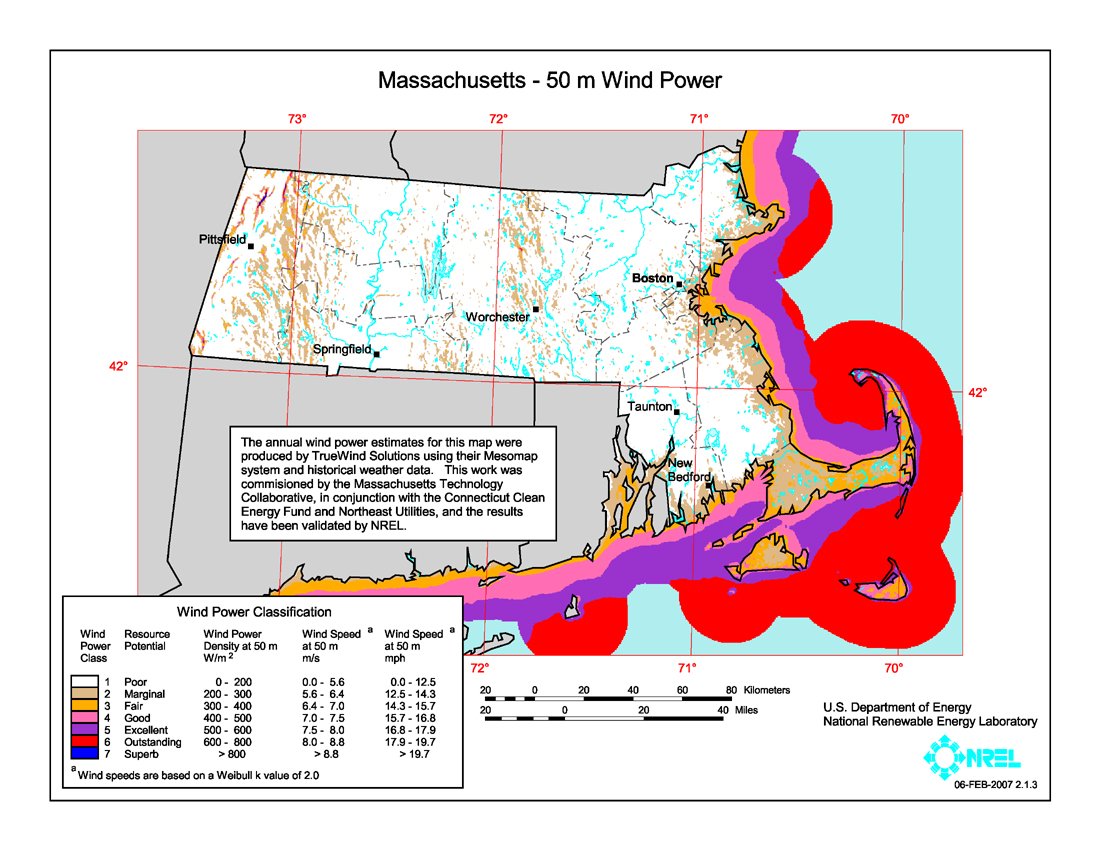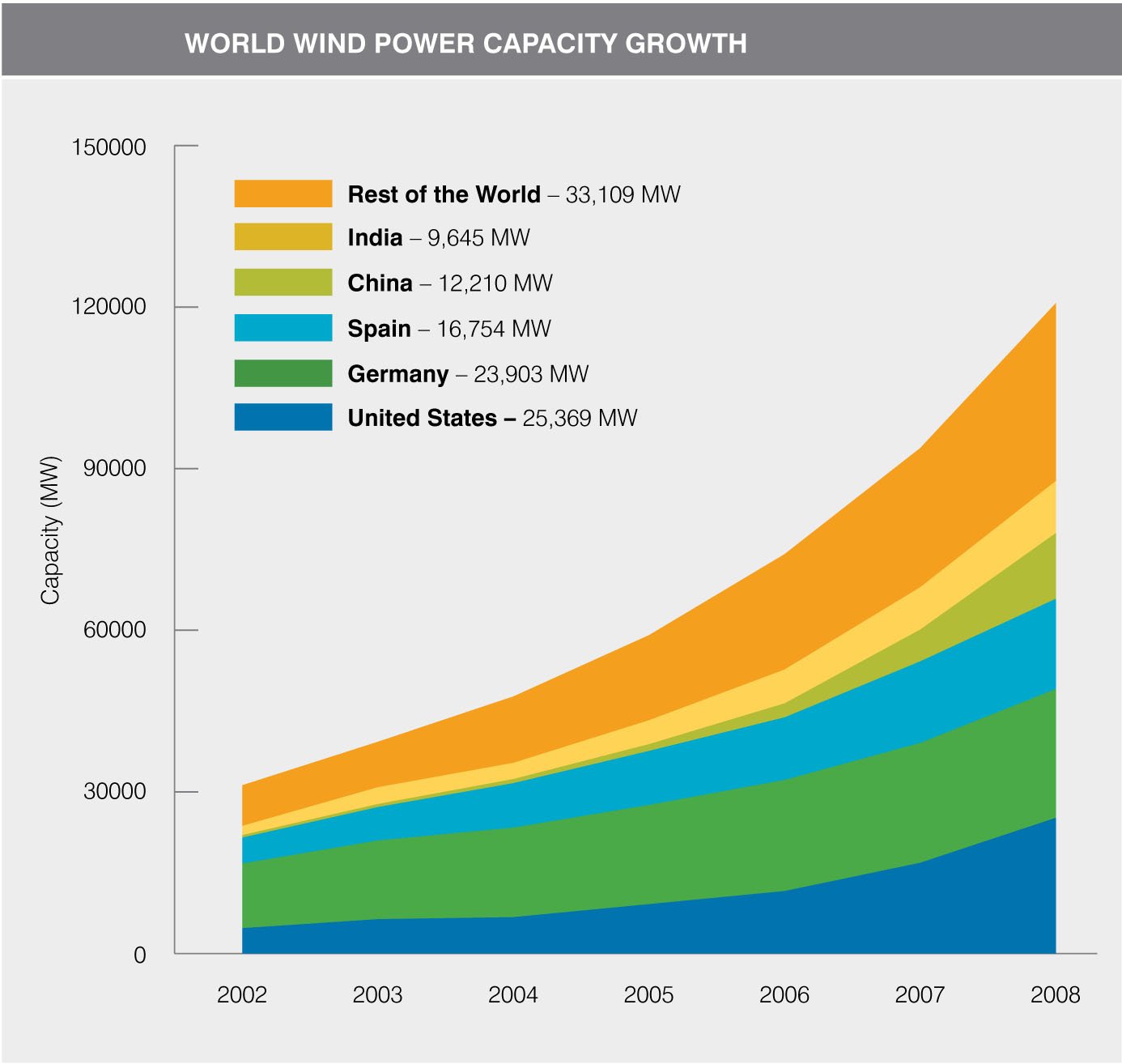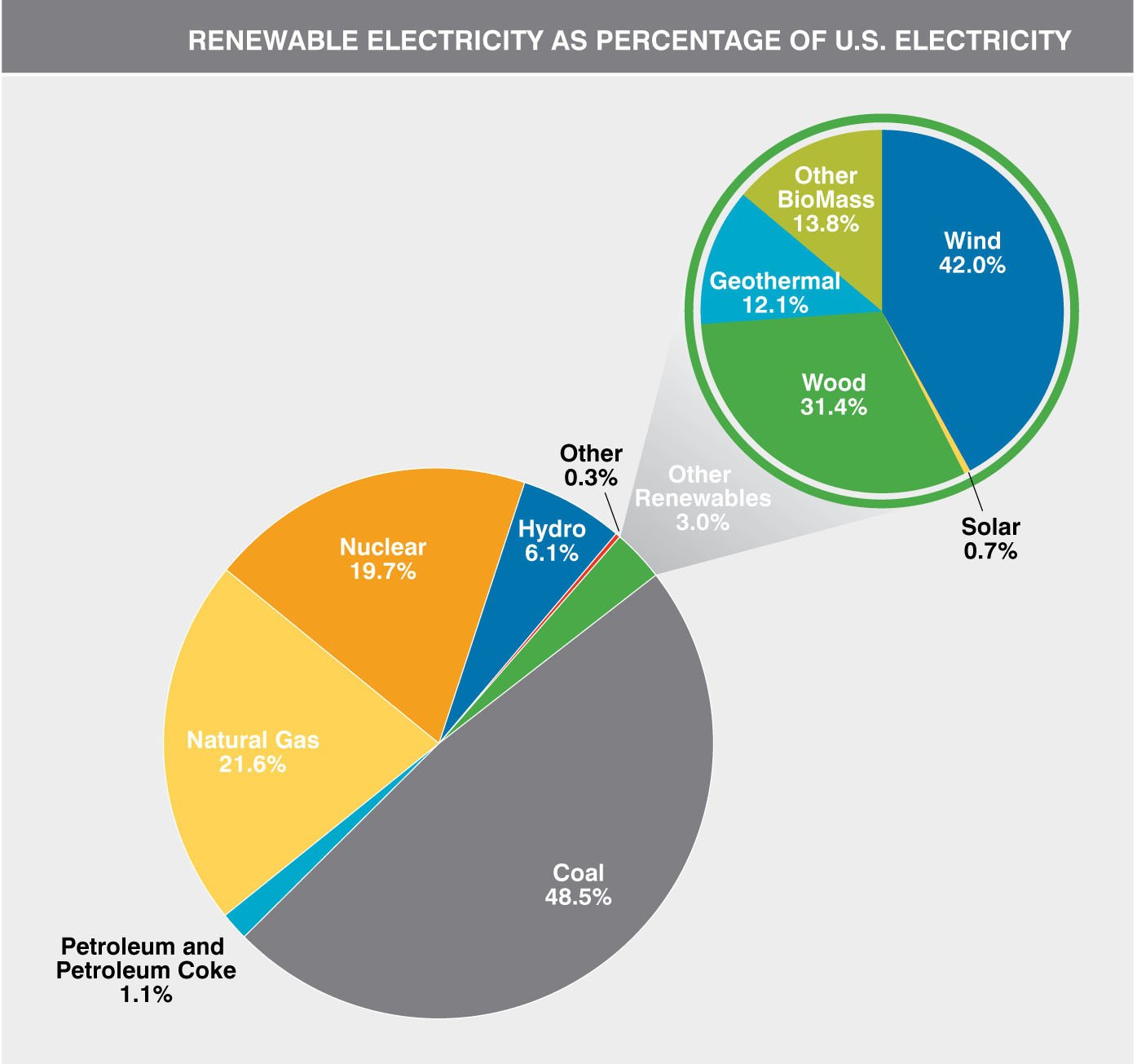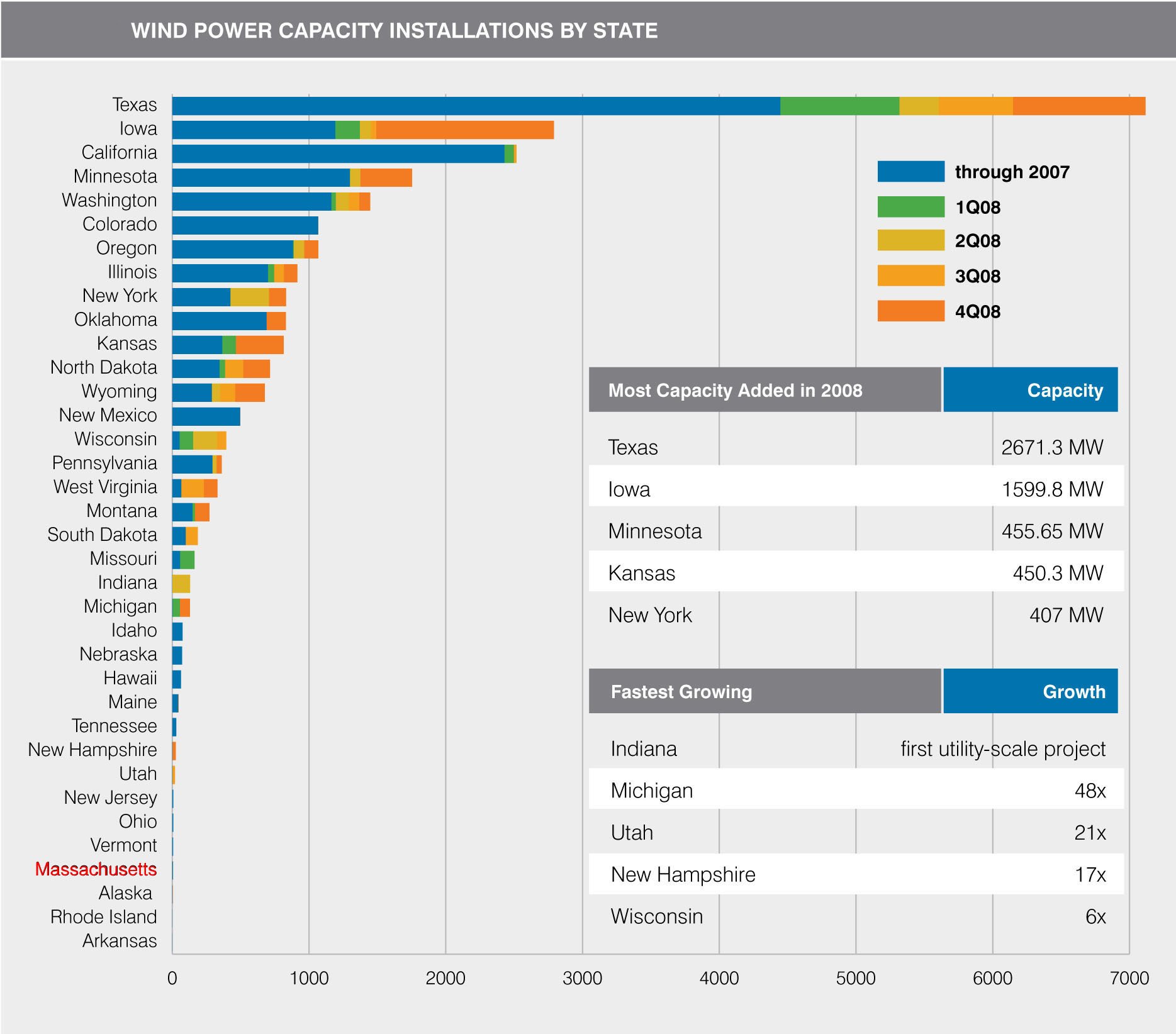Red Line Wind Farm
-
Boston, MA
June 2009
-
This project has developed as an independent research-based initiative
-
IDEA
Develop the MBTA’s Boston harbor shoreline corridor as an urban brownfield wind farm to generate clean electricity to power public transit. This continuous land parcel offers strong and steady year-round wind, perfect for a linear wind farm. Highly visible and effective, this project would make Boston a forerunner and icon of clean urban energy. The idea could also be scaled up to the Boston-NY-DC Northeast railroad corridor, to reset the image and power grid of urban America.
WIND
On-shore and off-shore winds, activated by the thermal differential between land and water, add to prevailing winds to provide year-round renewable energy. Fifty-year climate records and new wind resource maps show that wind speed in Boston Harbor is higher and more consistent year-round than in West Texas, the center of US wind-power generation. Yet Massachusetts is a laggard in wind energy. Boston has an abundance of wind, but does it possess the will?
ELECTRIC POWER
Three wind energy precedents exist on Boston Harbor: at IBEW 103 in Dorchester, at Forbes Lofts in Revere, and at Hull. The Hull Wind 2 turbine, 60 meters tall, generates 1.8 MW (megawatts) of electricity, 9 percent of Hull’s power needs. It is a great success with broad community support. Repeating this success story along the five mile long MBTA Dorchester corridor, 85 similar 1.8 MW wind turbines spaced at 100 yards apart could generate 153 MW, enough to power a good portion of the MBTA’s electricity use.
LAND
Site acquisition is a fundamental problem deterring development of wind power in Massachusetts. The sole owner of the MBTA rail corridor is the Commonwealth of Massachusetts. Problem solved. This brownfield is a public resource that should be multi-tasked to provide the greatest possible common good.
PERMITS
“One-stop” permitting through the Massachusetts Energy Facilities Siting Board (EFSB) is allowed for wind projects that exceed 100 MW. By scaling up to 153 MW, the Red Line Wind Farm can consolidate in one review the myriad state and local jurisdictions that effectively kill smaller wind projects. MBTA’s pre-existing site conditions minimize some obvious issues. Once approved by EFSB, opponents may appeal only at the Massachusetts Supreme Judicial Court. Project permitting would follow a certain and predictable timeline.
COST AND BENEFIT
The local precedent Hull Wind 2 project cost $3 million to design, permit and build in 2007, and $30,000 annually to maintain. It is expected to pay back in 9 years and generate positive return on investment for many years beyond. The Boston Harbor Red Line Wind Farm could be built for a lower cost-per-unit because of repetition and proximity to the MBTA power grid. Even allowing for slightly less wind energy due to more built-up obstruction in Dorchester, similar payback can be expected. Benefits would accrue to the people of Massachusetts.
-
Renewable energy production on urban infrastructure brownfields
-
Honor Award for Unbuilt Architecture
Boston Society of Architects

